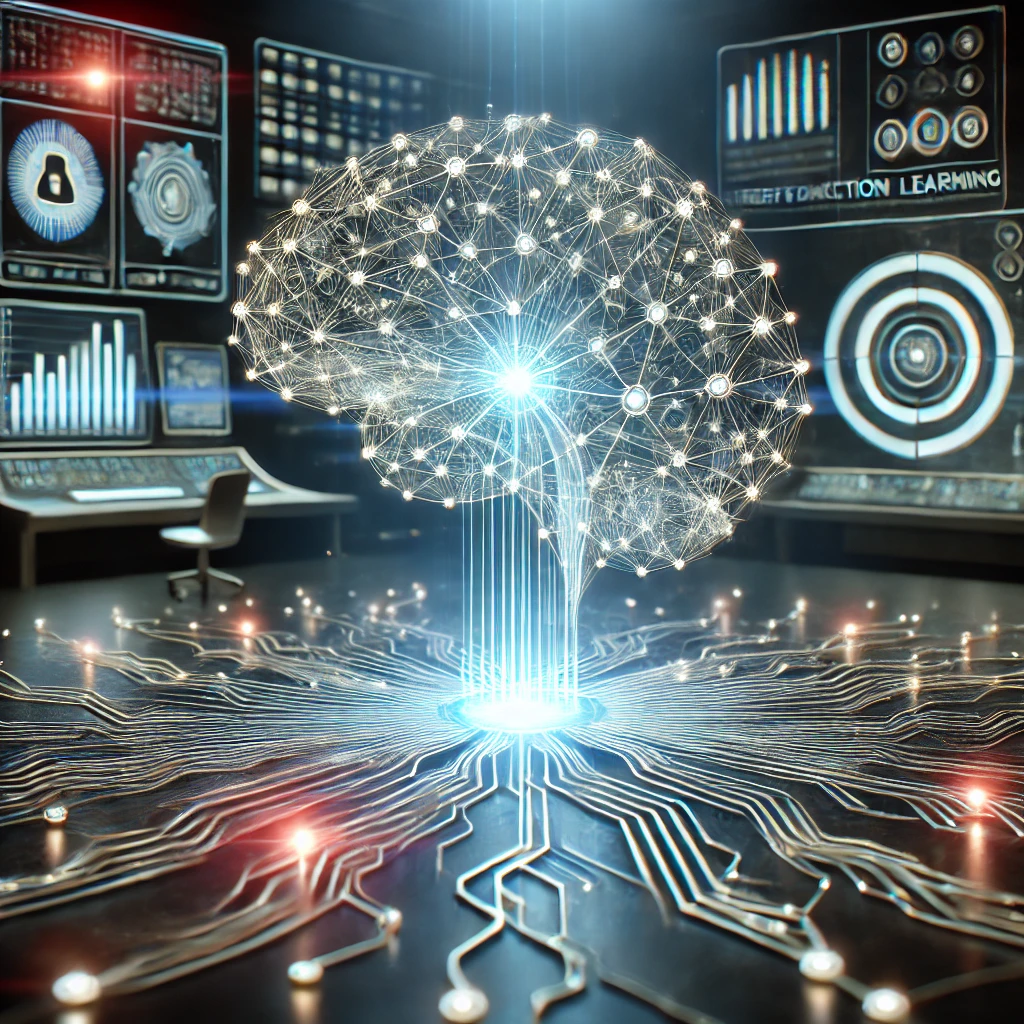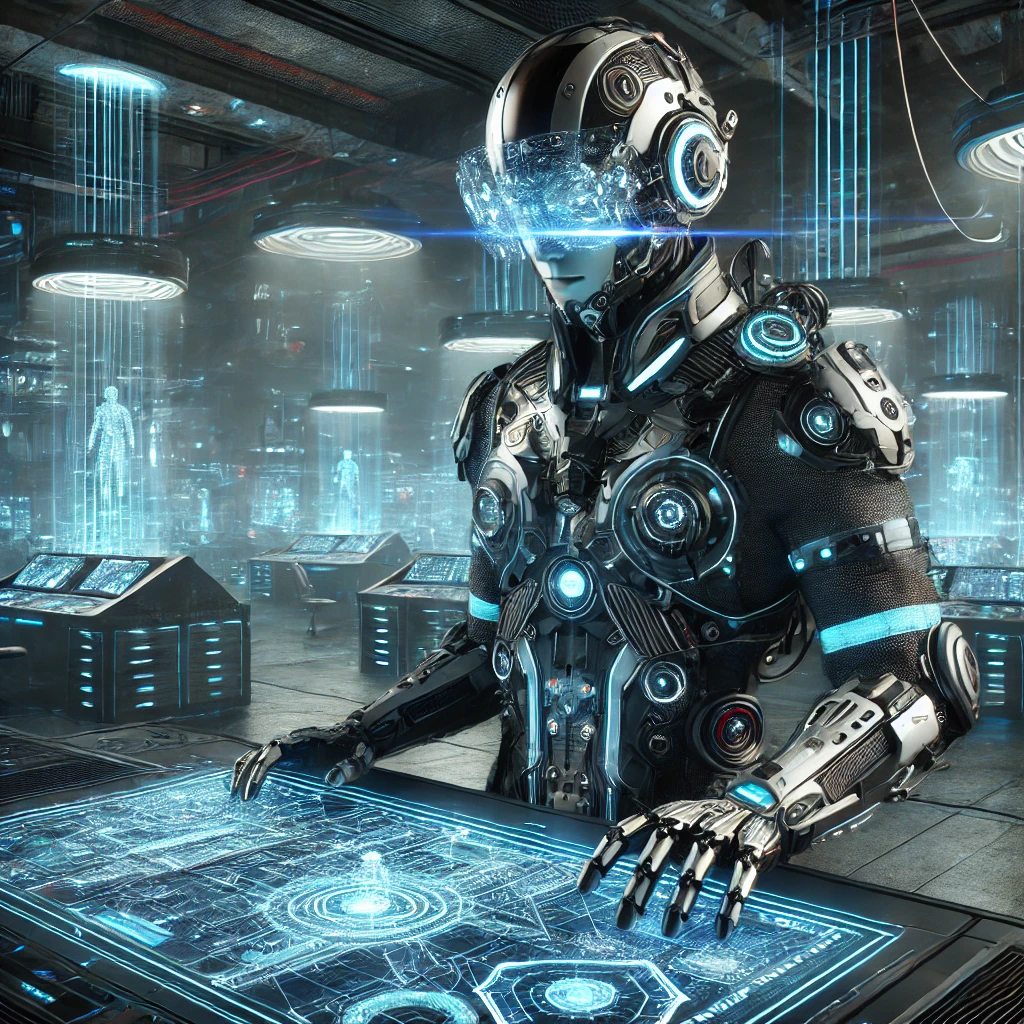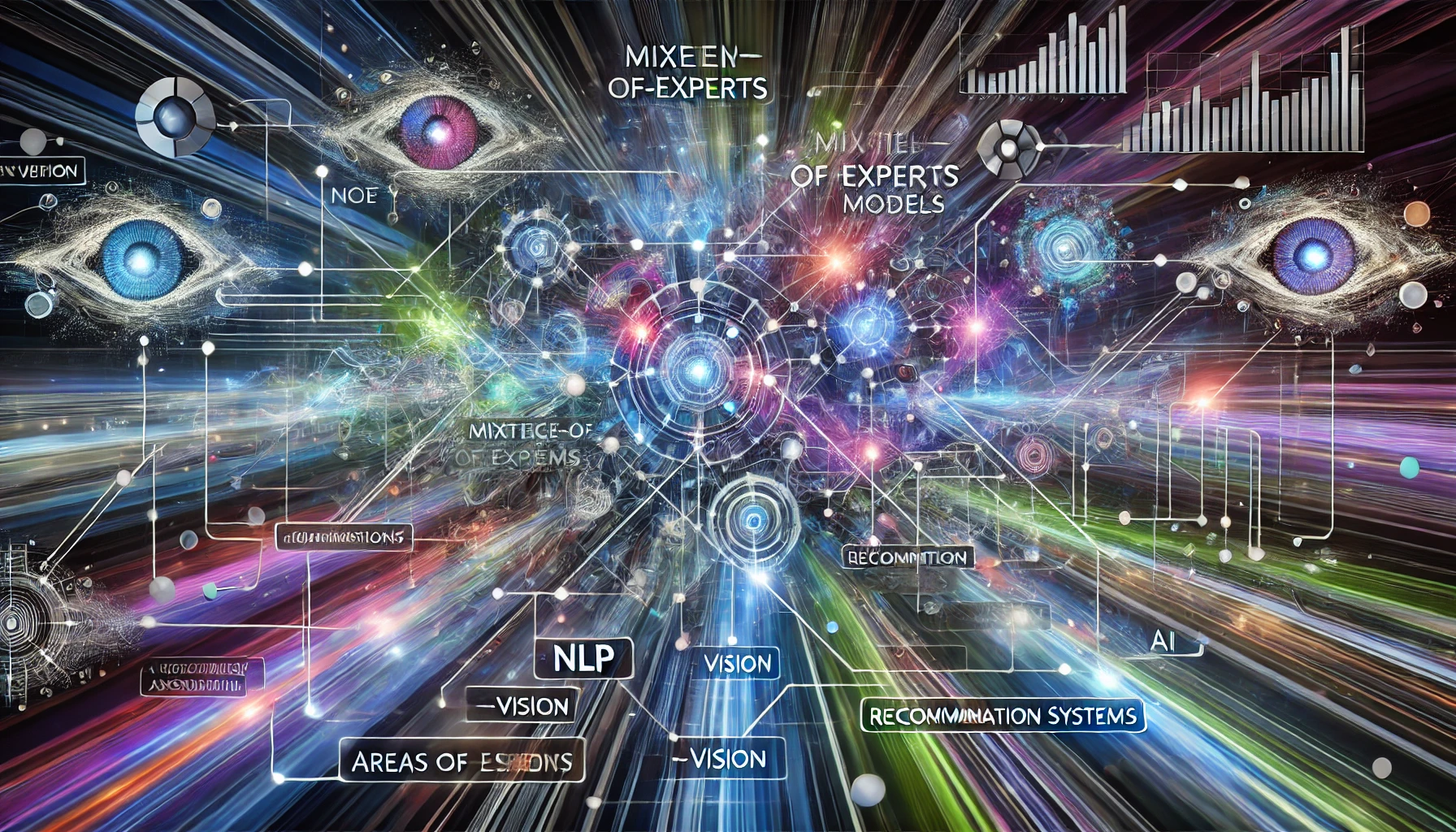By [Your Name], AI Research Writer
February 6, 2025
Introduction: The Dawn of Autonomous Reasoning
The quest to build AI systems capable of human-like reasoning has long been hindered by the limitations of supervised learning. Traditional methods rely heavily on curated datasets and explicit step-by-step guidance, which restrict models’ adaptability and creativity. However, recent breakthroughs in reinforcement learning (RL) have unlocked a new paradigm: spontaneous self-improvement in large language models (LLMs). By learning through trial and error—guided only by reward signals—these models are evolving reasoning strategies that even their creators struggle to fully explain.
This blog explores how RL-driven frameworks like DeepSeek-R1, SCoRe, and Satori are reshaping AI reasoning, enabling models to autonomously refine their problem-solving skills, correct errors, and even exhibit “aha moments” of sudden insight.
Key Mechanisms Behind Self-Improvement
1. Reinforcement Learning as a Catalyst for Emergent Reasoning
Reinforcement learning shifts the focus from passive pattern recognition to active exploration. Models like DeepSeek-R1-Zero demonstrate that LLMs can develop sophisticated reasoning abilities without any supervised fine-tuning (SFT). By optimizing for accuracy and structured outputs (e.g., <think>...</think> tags), the model’s pass@1 accuracy on the AIME 2024 math benchmark surged from 15.6% to 71.0% purely through RL.
- Group Relative Policy Optimization (GRPO): This algorithm reduces computational costs by grouping model responses and normalizing rewards, allowing models to learn from competitive “peer” solutions.
- Rule-Based Rewards: Ensuring answers are not only correct but logically structured prevents models from “guessing” and encourages coherent chain-of-thought (CoT) reasoning.
2. The “Aha Moment” Phenomenon
During RL training, models like DeepSeek-R1-Zero exhibit spontaneous behaviors such as:
- Self-Correction: Re-evaluating flawed steps and revising answers mid-process.
- Extended CoT Reasoning: Automatically lengthening their reasoning chains for complex problems.
These emergent capabilities suggest RL fosters intrinsic problem-solving strategies akin to human intuition.
Case Studies: Self-Improvement in Action
1. DeepSeek-R1: From Zero to Autonomous Reasoning
DeepSeek’s RL pipeline highlights two groundbreaking approaches:
- R1-Zero: Trained entirely via RL on a 671B-parameter base model, it achieved 86.7% accuracy on AIME 2024 with majority voting, surpassing OpenAI’s o1-0912. However, its outputs suffered from language mixing and readability issues.
- R1: A multi-stage hybrid model combining RL with minimal “cold-start” SFT data. This approach improved coherence while maintaining state-of-the-art performance, rivaling closed-source models like o1-1217.
2. SCoRe: Self-Correction Through Multi-Round RL
Google DeepMind’s SCoRe framework trains models to iteratively refine their answers without external feedback. For example, on the MATH benchmark, SCoRe boosted Gemini’s accuracy by 15.6% by incentivizing self-editing and penalizing distributional collapse.
3. Satori and Chain-of-Action-Thought (COAT)
The Satori model introduces meta-actions like <|reflect|> and <|explore|>, enabling it to pause, verify steps, or switch strategies mid-reasoning. Trained on math datasets, Satori-Qwen-7B outperformed generalist models on out-of-domain tasks like logical and commonsense reasoning, showcasing transferable self-improvement.
Scaling Down: Distillation and Democratization
Training massive models like DeepSeek-R1-Zero (671B parameters) is resource-intensive. To democratize access, researchers distilled its reasoning patterns into smaller models (e.g., Qwen-7B). Remarkably, the distilled 14B model outperformed larger 32B models on coding and math tasks, proving that RL-driven knowledge transfer is more efficient than training smaller models from scratch.
Challenges and Future Directions
While RL unlocks unprecedented reasoning capabilities, challenges remain:
- Language Mixing: Models like R1-Zero often blend languages, reducing readability.
- Prompt Sensitivity: Zero-shot prompts work better than few-shot, suggesting RL models require tailored interaction designs.
- Software Engineering Limitations: Evaluating code correctness in RL loops remains computationally expensive.
Future work aims to integrate multi-turn reasoning and multilingual alignment, while improving efficiency through asynchronous reward mechanisms.
Conclusion: Toward Truly Autonomous AI
Reinforcement learning has transformed reasoning models from static pattern-matchers into dynamic, self-improving thinkers. By embracing trial and error—and learning from their own successes—these systems are inching closer to the holy grail of AI: generalizable, human-like reasoning. As frameworks like DeepSeek-R1 and Satori continue to evolve, the line between programmed intelligence and spontaneous cognition grows ever thinner.
For developers and researchers, the message is clear: The future of AI lies not in rigid instruction, but in fostering environments where models can teach themselves to think.
Explore Further:
- DeepSeek-R1 Paper: GitHub Repository
- SCoRe Framework: arXiv Preprint
- Satori’s COAT Reasoning: Project Blog
Let me know if you’d like to dive deeper into any specific model or technique! 🚀
[SEO optimized]
[SEO optimized]


